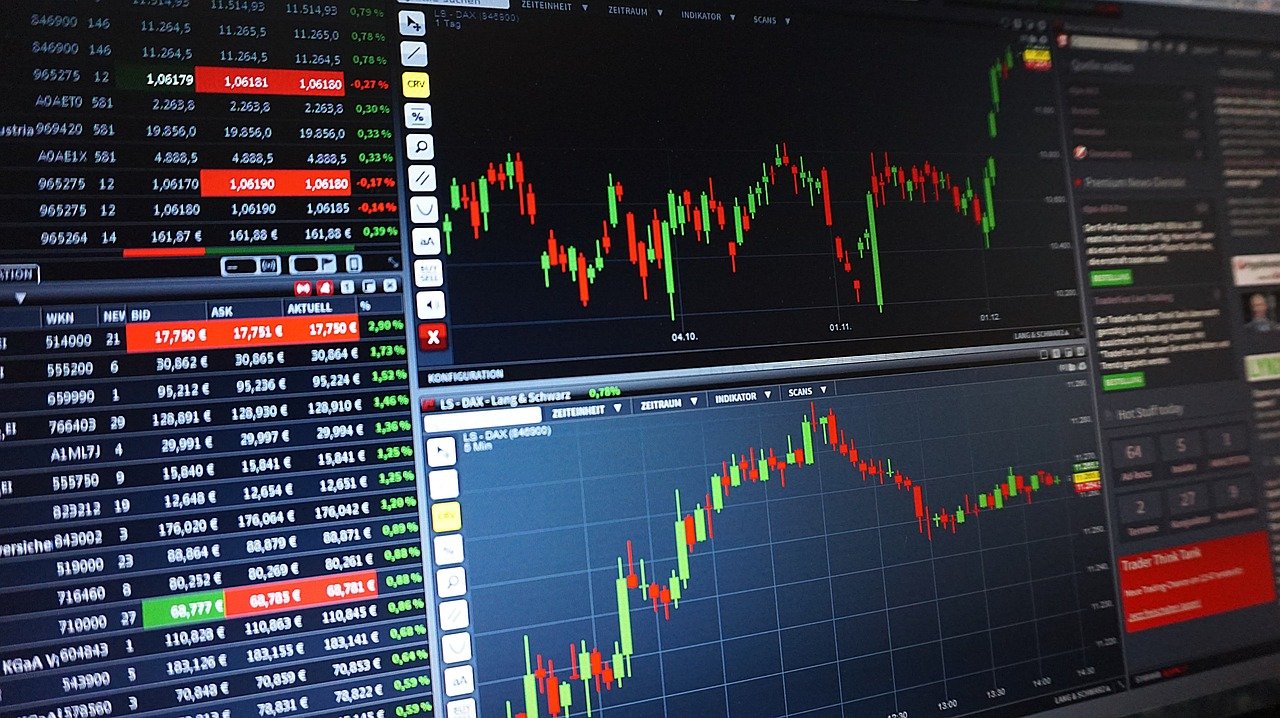In trading, there is a concept called the risk/reward ratio that investors use to manage and calculate their chances of loss from their capital gains. This ratio is useful to predict the expected return on investment, and a good ratio should be 1:3. This means that for every three expected returns, there is one unit of risk.
Sounds complicated, right? It can be, but with this quick guide, you will soon be an expert in trading risks versus rewards, and the best ratio to determine your return on investments.
The Difference with Risk and Reward
For every risk, you take there needs to be a rewarding factor to make that risk viable to undertake. Higher risks should yield higher rewards. Most traders don’t take this risk/reward ratio into account and lose out on their investments.
There needs to be a comparative risk to every reward. For example, investing $500 may seem like a good idea, but what if there was a risk of losing more than $300 of that money? You have to understand what type of investment will yield a suitable reward.
Calculations
There is a simple formula you can follow to predict the risk/reward ratio. Take your net profit, which is the reward, and divide it by the maximum risk you can take. If you take that $500 investment for a share that was $25 when purchased, and then it went up to $30, you would make $5 for every share. You would have 20 shares purchased, multiplied by the profit of $5, which would give you $100. To work it out, take the $100 and divide it by $500 to get 0.20. This means your ratio will be 1:0.2.
This doesn’t seem like such a high risk/reward ratio so it may not be worth your time. If you are going to be trading in the forex markets, you need to calculate the risks over rewards carefully. With higher risk, you may get a higher reward, but the chances of losing everything increase substantially as well.
Limit Losses
This also requires some calculations to understand ratios, when it would be best to sell your shares and cut your losses. Limiting losses is raising your stop-loss price so that you bow out sooner than later. This lessens the amount you will lose.
You have to calculate at what point it no longer becomes viable to keep the investment going. For example, say you are only willing to lose R5 per share, then your stop-loss price would be R20. When the value of the share drops to this number you know you need to remove your investment to avoid more losses.
Most investors understand that there is no faith in the stock market, rather, you have to be diligent in watching the fluctuations constantly. You must make calculated choices on all your investments by understanding the risk/reward ratio in trading. Don’t take a high risk when the reward is less than a 1:2 because this gives you less than a 50% chance of making any money at all.
